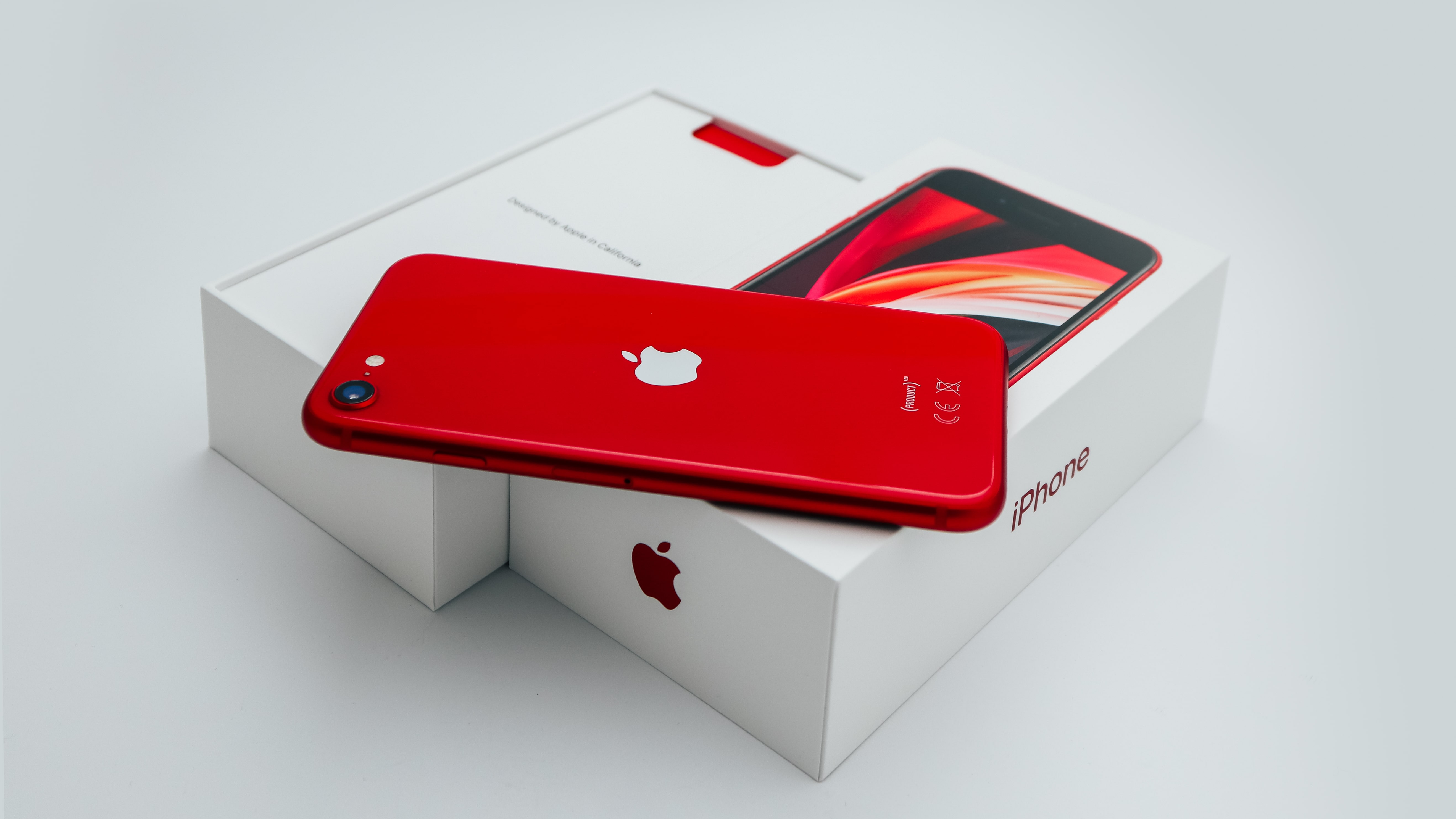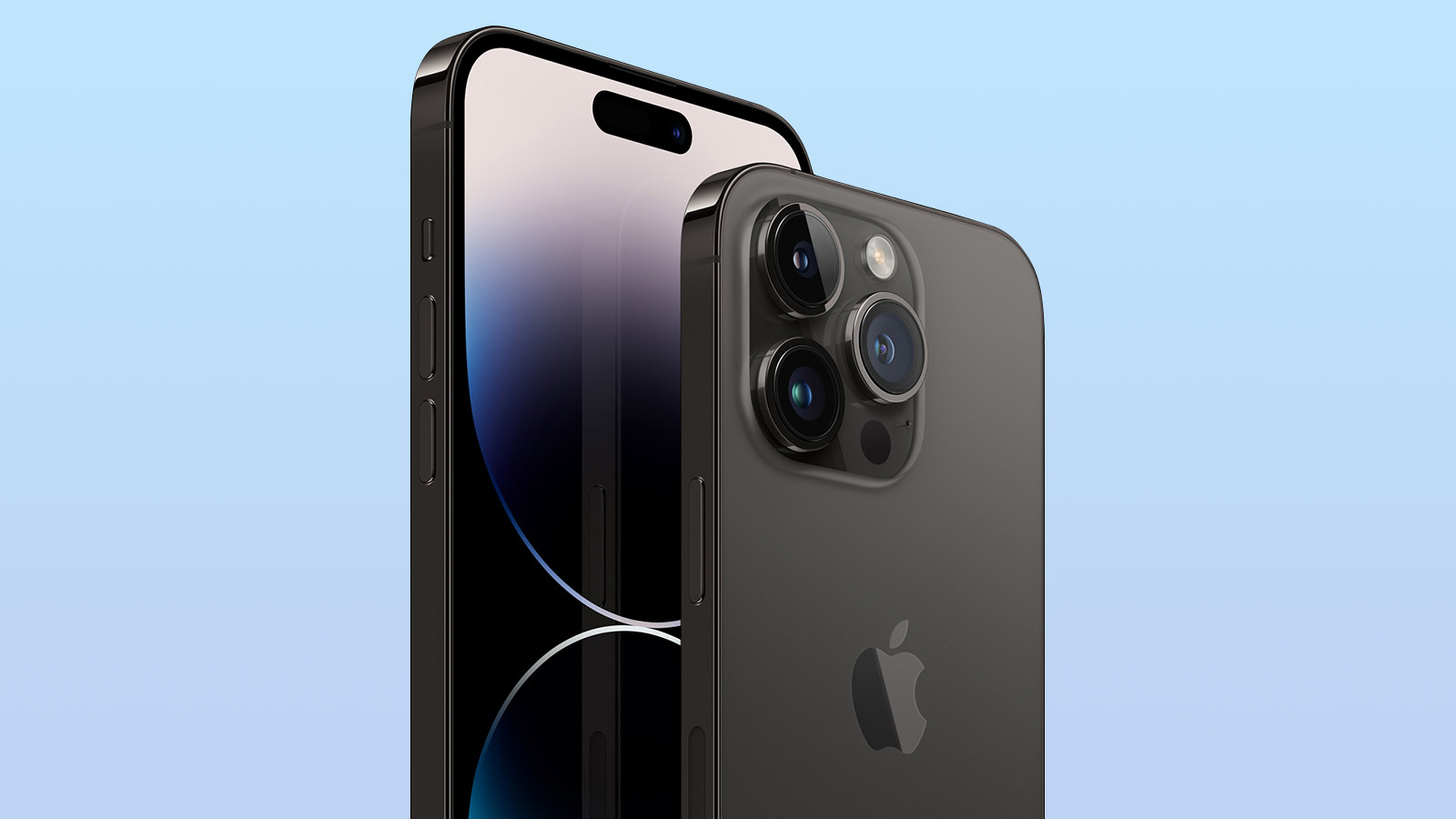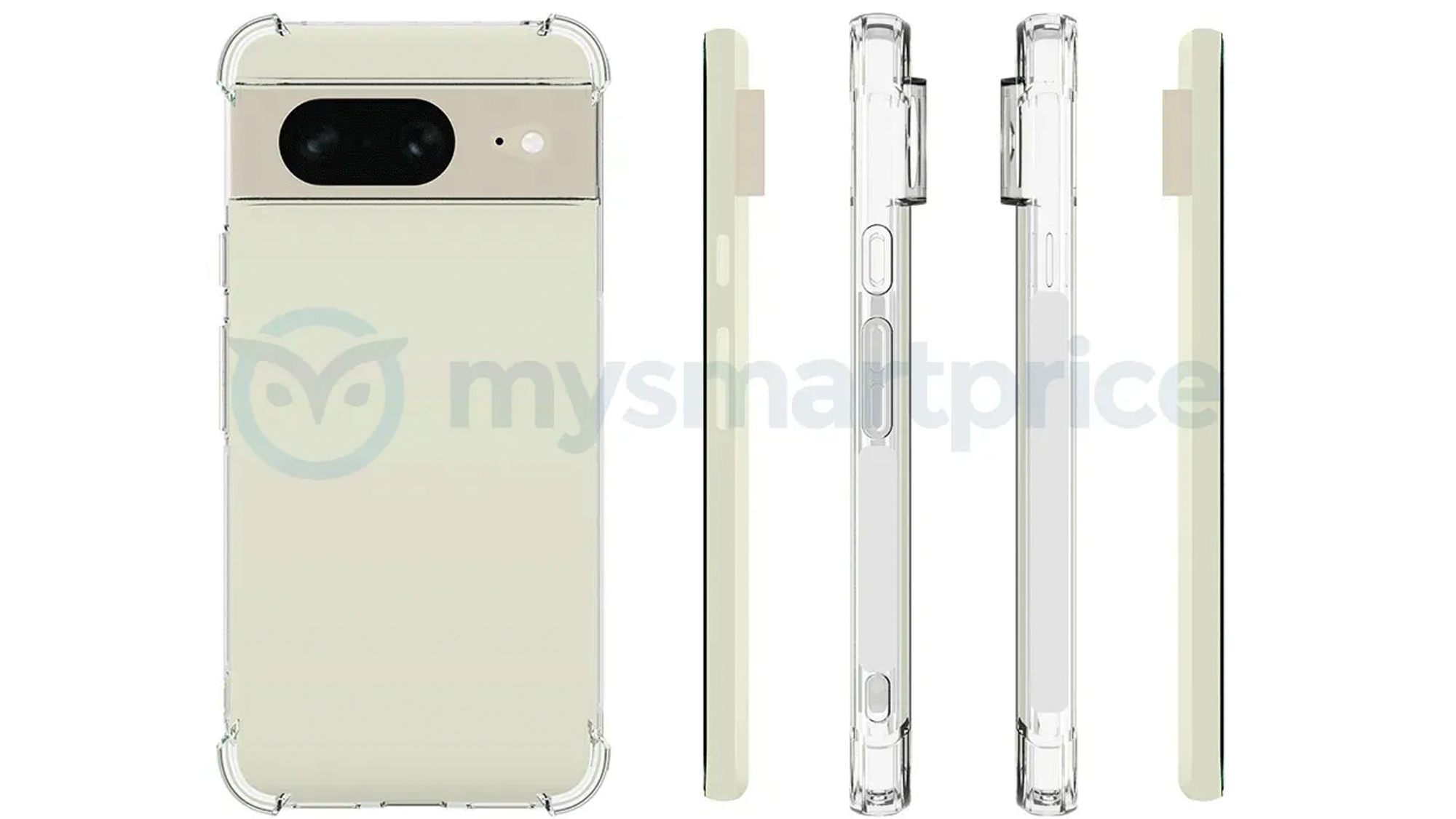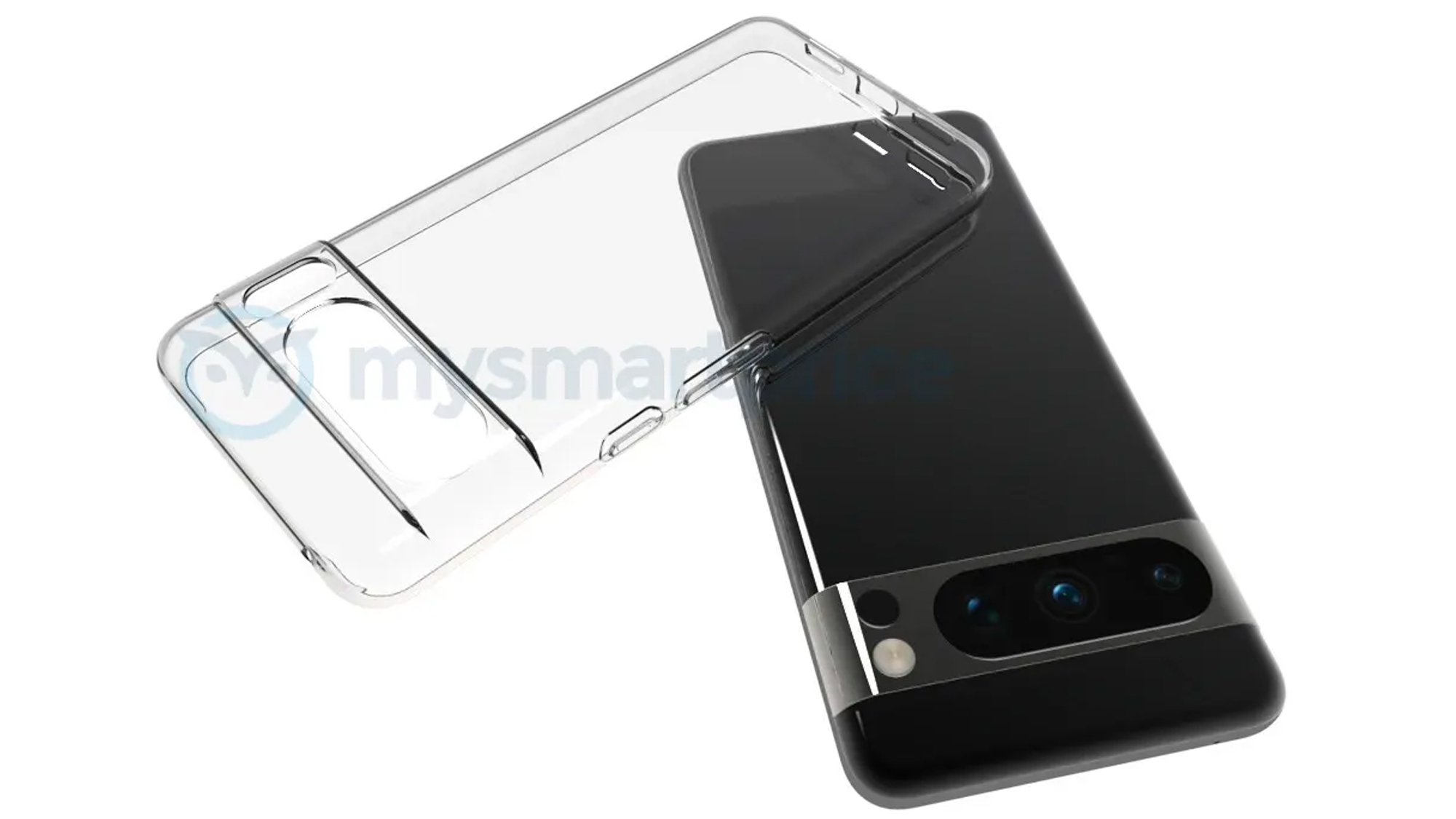The Apple rumor mill is a cruel mistress, and the twisting story of the long-awaited iPhone SE 4 may have just taken another turn for the disappointing.
Despite recent claims that the fourth-generation iPhone SE had secured itself a 2025 release, seasoned Apple analyst Ming-Chi Kuo has now suggested that the device “is not currently part of Apple's new product planning” for the next couple of years.
Pouring cold water on his own predictions regarding the iPhone SE 4’s resemblance to the iPhone 14, Kuo also tweeted that he believes any currently-in-development iPhone SE 4 models are merely engineering prototypes for Apple’s ongoing 5G development.
I think SE 4 is not currently part of Apple's new product planning for 2024/2025. https://t.co/5TVl0mkTpbApril 14, 2023
Suffice to say, this is frustrating news for iPhone SE fans – but those excited by the prospect of a new affordable iPhone have surely grown accustomed to the iPhone SE 4 merry-go-round.
Only a few months ago, analysts reported that Apple had abandoned plans to release a fourth-generation iPhone SE, owing to doubts over the series’ popularity and profitability. Then, two months later, the same analysts counter-claimed that Apple had restarted development on the iPhone SE 4, albeit with the company eyeing a much later release date than initially intended.
Now, though, Kuo has cast doubt over whether we’ll ever see an iPhone SE 4. Do we really expect Apple to pick up development of a device with limited commercial appeal in 2026 and beyond? By that point, we’ll likely be speculating about the iPhone 18 line.

But then again, who knows? The most recent iPhone SE – the iPhone SE (2022) – came in March of last year, and didn’t exactly reinvent the series from a design perspective, so perhaps Apple is waiting until it can offer customers a real reason to buy an iPhone SE 4.
If indeed we do see an iPhone SE 4 in 2026, leakers have suggested that the phone could arrive packing a 6.1-inch OLED screen and a notch – though it's worth noting that those predictions were made based on the device’s expected 2024 arrival. A new iPhone SE that shares design similarities with the now-outdated iPhone X isn’t likely to go down well in 2026.
In all likelihood, then, the iPhone SE 4 is dead. Or at least, the iPhone SE 4 as we envisaged it is dead. There’s always a chance that Apple could pull a rabbit from its hat and resurrect the affordable iPhone line in the future, but the outlook isn’t great right now. Sorry, SE fans...





